World Fine Art Professionals and their Key-Pieces, 260 - Astrid Meijer
World Fine Art Professionals and their Key-Pieces, 260 – Astrid Meijer
Astrid Meijer transforms found objects into a very own, subtle art form. It is inspired by processes of growth and decay. Not all objects found appeal to her, she has clear preferences. For example, classic Queen Anne furniture with their beautifully turned black legs, Chesterfield sofas with their deep-set studs, branches from her allotment garden, but above all beautiful classic gloves, both tinted and white, with the goat leather white French glazed gloves as the pinnacle, which can be worn a lot.
In her studio behind the Central Station Rotterdam I see beautiful examples on the wall and on a cabinet. She has much more in drawers. She shows a few. It all started with her exploration quests in search of objects. In 1996 she found her first leather glove walking the Rotterdam flea market. She soon became fascinated.
“I was captivated by the sight of the soft nut brown leather, the patina, the expressive little fingers. Then I began to frantically collect them. In a flash I saw the possibilities to continue with this.” She now has over 500 pairs, or rather 1000 single pieces, because you will find those gloves usually as a separate item.
She started to transform them into objects, new creatures. Her first association were polyps. She placed the white specimens as installations in walls and later brown specimens in larger found objects such as old Chesterfield benches, making those objects look like fungi that had grown considerably after a rain shower.
Recently she was in Paris, where she participated in an art fair thanks to Open Art Exchange, looking for new leather gloves in (vintage) shops behind the Marché aux Puces, the flea market. Her work stood out, but she wonders whether the French recognized their own gloves, while it is still a typical French product. The leather comes from Millau, the leather center of France. There, in Millau, is the Musée du Gant et de la Peau.
Skin and texture
Her studio space is very full. Opposite me I see stacked boxes and suitcases, a mannequin in between. Central is a large square gathering table with a landscape of materials including tousled iron wire and coral, beach finds and scrap iron. Two fishing rods protrude above it, remains of a floating work of art. She wants to do something with all those objects. When and how depends on how associations arise for a work in an exhibition.
There is an underlying pattern with all those objects: an interest in skin and texture. It is not only reflected in the transformed gloves and chesterfields, but also in the blind print in etching paper. Astrid: “It’s about feeling, poking, grabbing, solid impressions. It appeals to me to distort something. Because often I don’t even like the material, those Chesterfields and Queen Ann tables. I get to work with them, I unfold those tables so that they fly. It will probably be my need to ridicule civility. ”
But not only that. She is also concerned with the fact that nature is under pressure and that man does not give back enough to nature. “Nature is used and consumed. The balance turns negative. That is why I look extra intensely at ordinary things in my art, so that they become lively and new for me. That enriches my world. It is very small, and often minimalist. I am not primarily concerned with aesthetics. ”
Ladder of Escape
We walk to the other room of her studio. There it is considerably less busy with all kinds of objects. It is more of a showroom with museum pieces. I see her Ladder of Escape, an important work. It is a ladder, the rungs of which are constructed from transformed glove pairs, a kind of Siamese twins, where the fingers seem to provide support. “The Ladder of Escape can be regarded as a key work. It represents the possibility to escape from reality. It is a symbolic ladder made of soft material with alternating black and white rungs. That refers to a crosswalk where you think you can safely cross. ”
Next to it is the work ‘Basse Couture’. She found the pile of textiles on the beach and carefully unraveled it. It turned out to be quite stretched out downwards. She provided it with long black gloves. “It is the beauty of the imperfect, Wabi Sabi as the Japanese call it. Ultimately, what is created now is even more beautiful than the original, when it was not yet thrown away. ”
Insects
There are also long white thin stakes in styrofoam that end in white houses. The work, ‘Shadowy City’ was once exhibited in the Art Space of the KunstWerkt Foundation in Schiedam (www.stichtingkunstwerkt.nl). “At that time (among others) constructions by Eduard van Toledo were also included. The stakes come from the Golden Rod plant, the Solidago Gigantea, from my allotment garden. ”
Near the ceiling I see her insects / birds / bats. They were also seen at the outdoor exhibition in 2013 in the Rotterdam Avenue Concordia, ‘Arte Concordia’. They are sawed Queen Anne tables, with the legs being repositioned. Magnificent. On the ground, three Queen Anne tables are pushed together, upside down, a work of art in itself.
In the middle of the floor, black drawing paper is covering something. She removes a few papers and then I see, on a black background, all kinds of white shapes. It looks like a universe with rotating elements. “It’s called ‘Gloves Big Bang’, with snipped gloves. The work is still in progress. I think about how I can best fix those elements. ”
And above that on the wall gloves. One printed (blind print) in etching paper, and next to it a large leather glove, the thumb of which has been completely peeled out into a spherical shape, next to a child’s glove with a deformed thumb which has been clearly sucked by the child. On the far right also a self-assembled sound device, because Astrid not only collects forgotten objects, but also forgotten sounds. See her website.
Two tracks
We return to her workspace. How long has Astrid been an artist? “Officially from 1999, but of course much longer. After my High School final exam, I went to the Free Academy in Delft. There I went out with a simple camera and got hooked on images of dilapidated fences and rusty metals.” After that she did graphic and typography training at the Royal Academy in The Hague. She has not done much with that, but it was a good basis to take the path of free artistry.
For five years she also followed a music study for which she even took exams. She sat on two tracks for a long time, but eventually it became free art. But in performances she sometimes combines the two. The sound art studies are also an after-effect of that music study.
Chesterfield with Brussels sprouts
How does she experience art life? “In a big city like Rotterdam there is a varied art life. I like the presence of all the cultural activities and artistic breeding grounds. In Schiedam I am an active member of the exhibition committee at Foundation KunstWerkt and there I am also affiliated with the Open Art Exchange gallery. ”
She shows a few more rolled up posters, which, when rolled out, give a beautiful image of a Chesterfield with sprouts in it, a beautiful pattern, and another of a Chesterfield with the shoots of new potatoes. You could well wallpaper a space with it.
Long live the imagination, Long live the enthusiasm
In conclusion, does she have a philosophical conclusion? She has. Astrid: “What I show is that a lot is already there. There is so much you can pick up. It is about attention and looking. Not walking by, but seeing. Not running fast on the way to what you want, but suddenly being hit and standing still in surprise. Coincide with the moment. Let go of the crept-in routines and assumptions. A new world opens up, that of wonder. ”
“Imagination costs no euro, only attention and openness. So beautiful in this time in which more and more attention is paid to what can be measured by economic value, I just say ‘Long live the intrinsic value. Long live the imagination, Long live the enthusiasm’. ”
Images
1)Gloves Big Bang, 2) snippet, 3) We Will Never Be Defeated, 4) Ladder of Escape, 5) Blind printing and gloves, 6) Polyps, detail installation, 7) demi-figure of two glove thumbs, 8) Pterocopters-Wing Tables, 9) chesterfield with Brussels sprouts, 10) portrait photo Astrid Meijer
https://astridmeijer.com/
https://ifthenisnow.eu/nl/verhalen/de-wereld-van-de-rotterdamse-kunstenaar-44-astrid-meijer
Disclaimer: The views, opinions and positions expressed within this guest article are those of the author Walter van Teeffelen alone and do not represent those of the Marbella Marbella website. The accuracy, completeness and validity of any statements made within this article are not guaranteed. We accept no liability for any errors, omissions or representations. The copyright of this content belongs to Walter van Teeffelen and any liability with regards to infringement of intellectual property rights remains with the author.

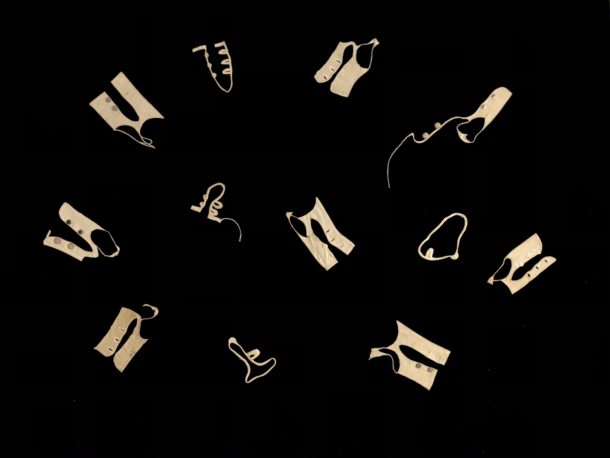
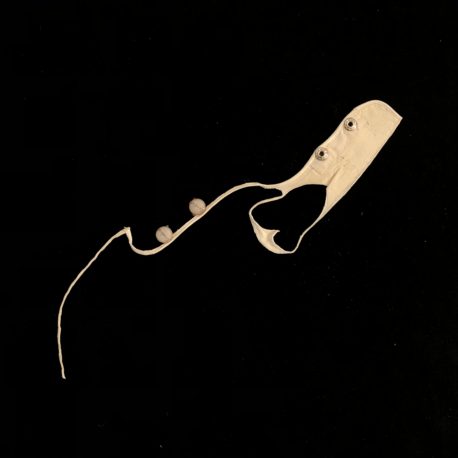
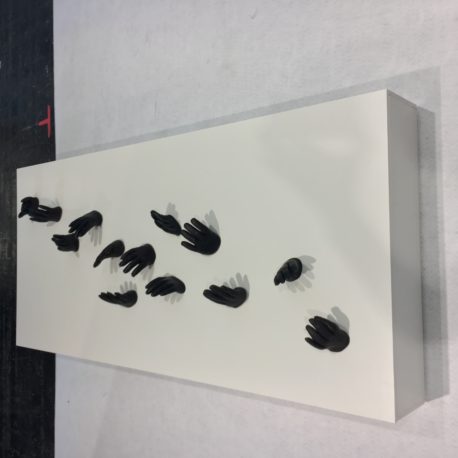
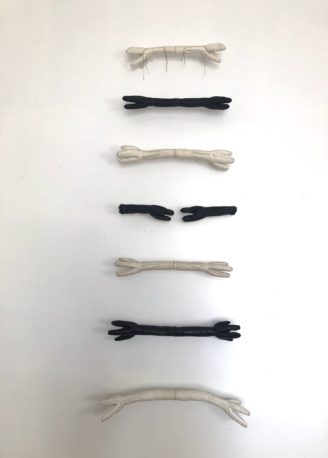
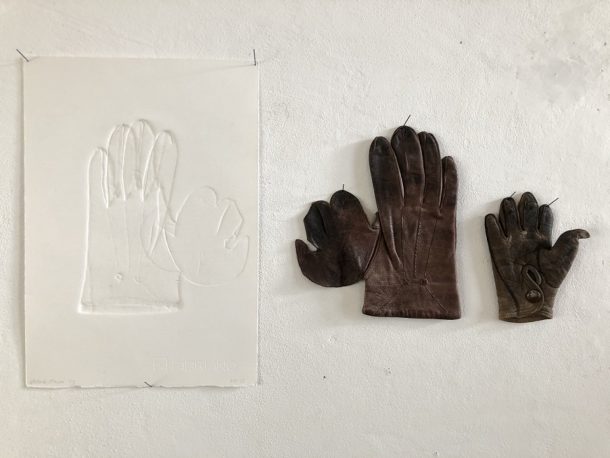
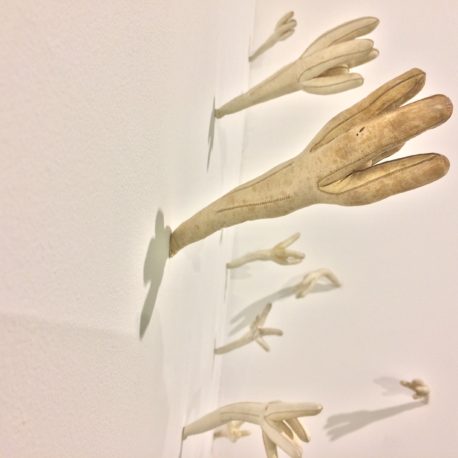
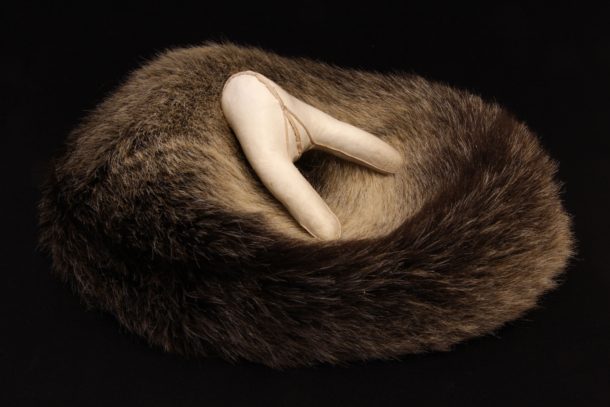
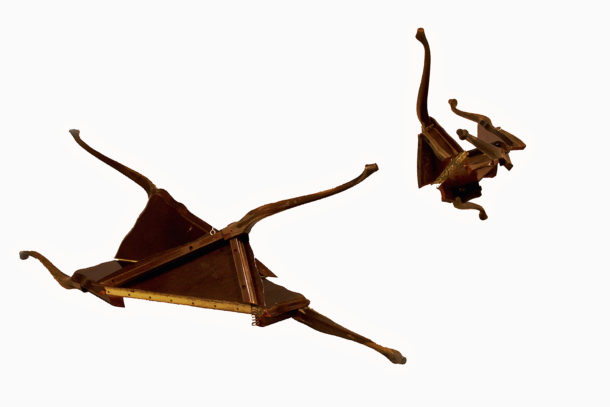
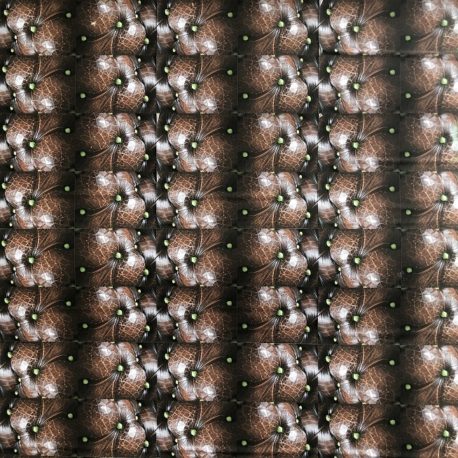
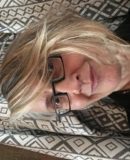














The opinions expressed by individual commentators and contributors do not necessarily constitute this website's position on the particular topic.